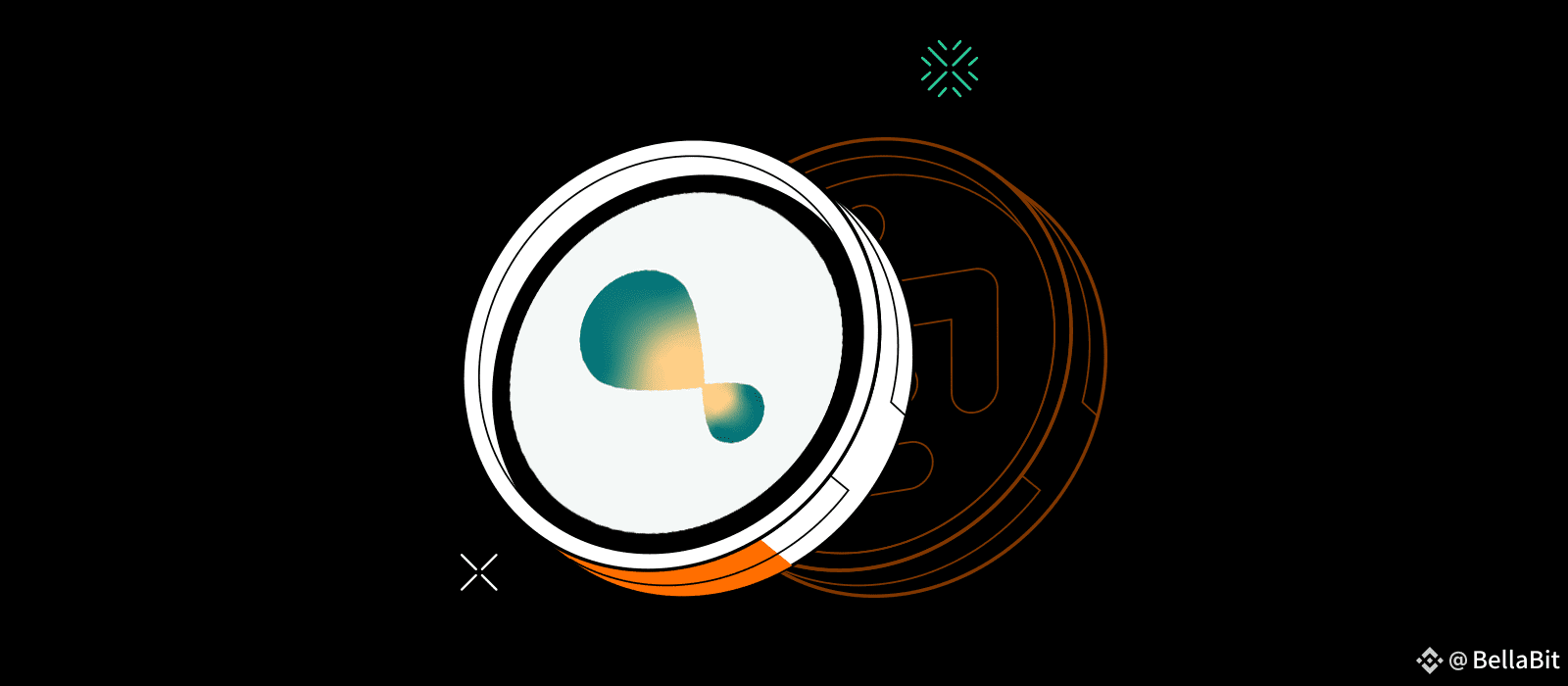In today’s digital landscape, software governs everything—from managing financial transactions to making impactful decisions through artificial intelligence. As reliance on these systems grows, so does a critical question: Can we truly trust the systems that shape our lives?
#Lagrange is pioneering the answer—not through buzzwords, but through mathematical rigor, cutting-edge infrastructure, and a transformative vision for the next era of Web3 and AI.
---
What Is Lagrange?
At its core, @Lagrange Official is a decentralized proof network that leverages Zero-Knowledge Proofs (ZKPs) to verify complex computations without exposing underlying data. This enables smart contracts and blockchains to outsource intensive tasks—such as validating large datasets or ensuring AI model compliance—while maintaining full trust in the results.
Think of it as a digital notary: cryptographically verifying the correctness of computations without ever compromising sensitive information or accuracy.
---
Why Lagrange Matters
Blockchains are secure, but they are not optimized for heavy computation. They’re often slow and expensive when verifying large-scale processes—especially as AI becomes more integrated into decentralized applications.
Lagrange addresses this by introducing a “proof network”: a global, decentralized system of provers that performs computation off-chain and returns cryptographic proof of correctness. This infrastructure allows Web3 applications to scale with confidence.
And this is not just theoretical—Lagrange is already being adopted by major players such as zkSync, Polygon, Arbitrum, and numerous AI-powered applications focused on model transparency.
---
Under the Hood: Key Technologies
1. ZK Prover Network
Lagrange operates a decentralized network of provers—nodes that compete to solve tasks, generate cryptographic proofs, and earn rewards. This network is built on EigenLayer, allowing Ethereum stakers to restake their assets to secure the Lagrange protocol. This integration brings Ethereum-grade security to the Lagrange ecosystem.
2. ZK Coprocessor
The ZK Coprocessor is Lagrange’s computational engine, enabling smart contracts to verify complex off-chain computations via compact proofs. Whether it’s querying historical trading data or validating AI outputs, the coprocessor transforms intensive processes into succinct, verifiable cryptographic proofs.
---
Lagrange x AI: Introducing DeepProve
AI’s increasing presence in Web3 raises concerns around transparency and accountability. Lagrange’s solution is DeepProve, a zkML (zero-knowledge machine learning) framework that enables AI systems to prove the validity of their outputs—without revealing proprietary model data.
This innovation offers the best of both worlds: privacy for developers and trust for users, moving beyond “black box” AI into a new era of explainable, provable intelligence.
---
The Role of the $LA Token
Lagrange’s native token, $LA, underpins the network's functionality and governance. It serves three primary purposes:
Pay for Proofs: Projects use LA to compensate provers for computation and verification.
Stake to Earn: Validators stake LA to participate in the network and secure its operations.
Govern the Protocol: LA holders influence key decisions, upgrades, and policies through decentralized governance.
As demand for verifiable computation grows, so does the utility and value proposition of the $LA token.
---
Real-World Adoption
Lagrange is gaining rapid traction across the Web3 ecosystem:
Integrated by major rollups including zkSync, Caldera, and AltLayer
Trusted by DeFi and gaming protocols such as Gearbox, Frax, and Sappy Seals
Adopted by AI developers looking to build transparent, accountable models
This momentum reflects Lagrange’s growing role as a foundational layer of Web3 infrastructure.
---
Why Lagrange Is a Game-Changer
Here’s why Lagrange stands out:
Scalability: Off-chain computation with verifiable on-chain results
AI Transparency: Ensures AI outputs can be trusted
Cross-Chain Trust: Enables secure, provable interoperability
Lagrange isn’t positioning itself as another Layer 1 chain—it’s aiming to become the trust layer for the entire decentralized web. Whether it’s validating AI decisions or confirming multi-chain trading histories, Lagrange ensures that what you see is verifiably real.
---
Final Thoughts
As software and AI increasingly shape the modern world, trust becomes a fundamental requirement—not a luxury.
Lagrange is building the cryptographic infrastructure to make trust scalable, verifiable, and universal. While the underlying technology is complex, its goal is simple: empowering people to trust the digital systems they rely on every day.
If Web3 is about owning your digital future, then Lagrange is how you prove it.



